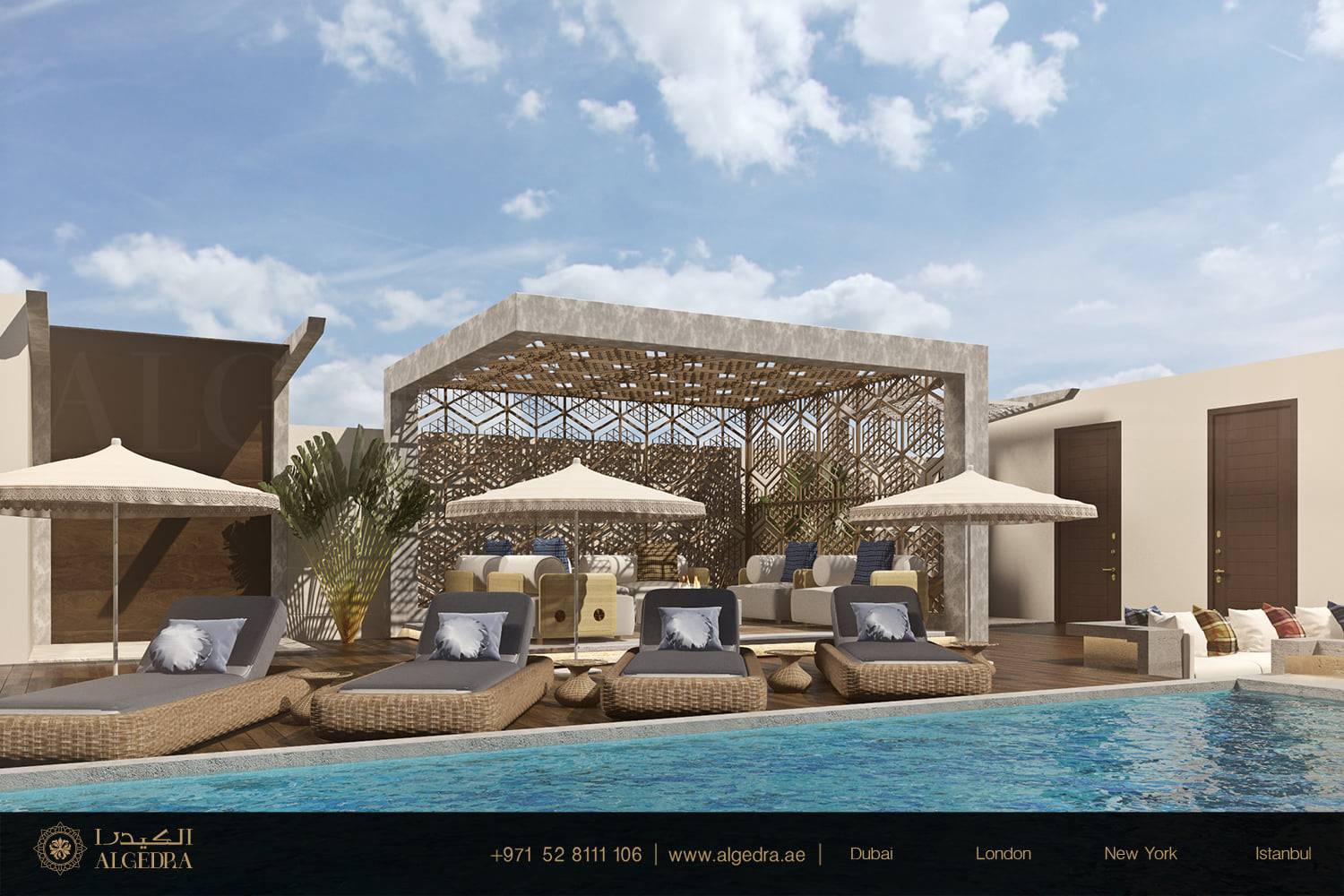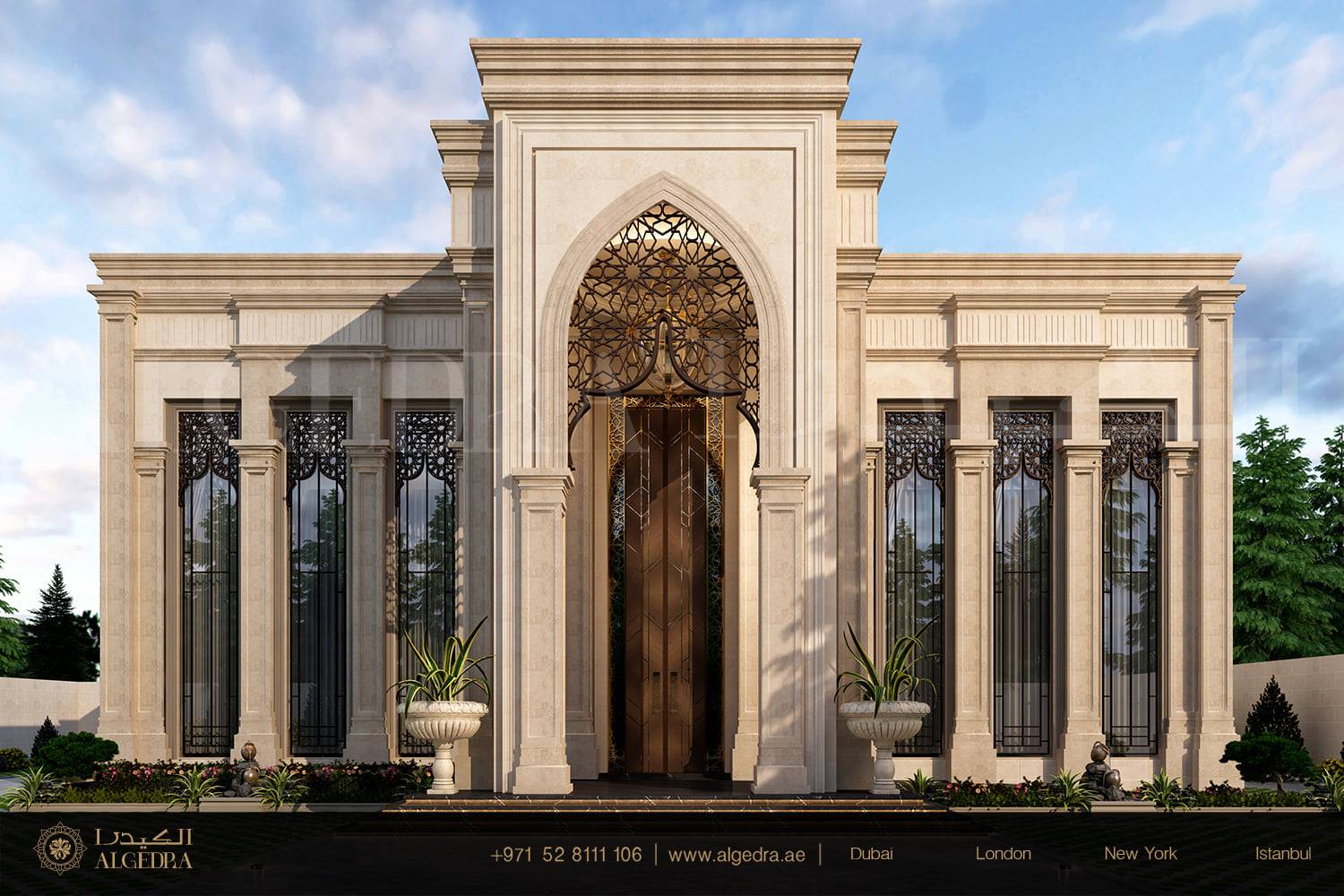Throw pillows are the perfect accessory. They can add color, pattern and comfort in an instant, and?they can be switched out easily if you want to change your decor (or if you just change your mind!). They’re perfect for anyone who wants a quick change, or who wants to test out a color or pattern without making a big commitment.
But choosing the perfect throw pillow requires considering a few different factors.
Here are 8 things to keep in mind when looking for the perfect throw pillow.
Color
 Color is probably the first thing most people think about when they’re trying to choose the perfect throw pillow. The key thing to remember is that an accent pillow should always compliment?the sofa?or chair it will be sitting on. This means it can either blend in or stand out, and the best way to achieve this is to?look for something that?s either similar in color to the piece of furniture, or look for something that is completely different so that it adds contrast.
Color is probably the first thing most people think about when they’re trying to choose the perfect throw pillow. The key thing to remember is that an accent pillow should always compliment?the sofa?or chair it will be sitting on. This means it can either blend in or stand out, and the best way to achieve this is to?look for something that?s either similar in color to the piece of furniture, or look for something that is completely different so that it adds contrast.
Pattern
 If you want to add a touch of a particular pattern to a room a throw pillow is a great way to do it. (It’s also great if you already have a pattern you love and want to add more!) When experimenting with pattern by way of accent pillows don’t be afraid to try something a little bold. ?As long as the colors are complimentary, a patterned pillow on a solid fabric can be a lot of fun.
If you want to add a touch of a particular pattern to a room a throw pillow is a great way to do it. (It’s also great if you already have a pattern you love and want to add more!) When experimenting with pattern by way of accent pillows don’t be afraid to try something a little bold. ?As long as the colors are complimentary, a patterned pillow on a solid fabric can be a lot of fun.
Alternatively if the piece of furniture has a pattern already, a solid pillow can be a nice way to tone it down and soften it a bit.?Just remember that patterns should enhance the colors and fabrics in the room and add some interest, but?too many patterns?can be busy and messy-looking.
Shape
Pillows come in a variety of shapes, but the most common one are as follows:
- Square – The most common shape by far, square pillows are incredibly versatile and look good on just about any sofa, chair or bed. Use them on their own or display various sizes together.
- Rectangle – After square, rectangular pillows are probably the most common and versatile shape. They tend to look nice when placed on chair seats leaning against the chair back. They also work nicely centered on sofas or beds.
- Box – Box pillows can be square or round (or even rectangular, although it’s rare). Box pillows have more depth (usually a couple of inches) than regular pillows and can add dimension to any spot they’re placed.
- Bolster – These long, round pillows are usually found at the ends of sofas, acting as arm rests, or occasionally on beds. They were popular about a decade ago but now more often than not they give a room a dated look. Unless you really need them for comfort purposes it’s better to go with something square or rectangular.
- Round – Round pillows are not as common as they once were, and while they can look pretty on certain pieces they don’t quite fit on all styles of furniture. If you choose to decorate with round pillows try to use them sparingly.
Size
When it comes to choosing the perfect throw pillow size definitely matters.
The main thing to remember is that the pillow should always be in proportion to whatever piece of furniture it’s placed on. A tiny pillow placed in the middle of a three-seater sofa or king size bed gets lost, while an oversize pillow on a side chair is overwhelming and uncomfortable. Pillows should work with the piece of furniture to compliment and enhance, so always make sure they fit appropriately. And keep in mind if you have multiple pillows sitting on one piece of furniture think of the collection of pillows as a single unit and make sure it’s still in proportion.
Texture
 Texture is an important element in every room, and the texture of your throw pillows and how they work with the rest of the upholstery should always be considered. Ideally you want to create depth by combining different textures (this is particularly important in monochromatic or?neutral spaces).
Texture is an important element in every room, and the texture of your throw pillows and how they work with the rest of the upholstery should always be considered. Ideally you want to create depth by combining different textures (this is particularly important in monochromatic or?neutral spaces).
So something soft can be layered on something harder, or something shiny can be placed atop something matte. However, if you’re using a lot of patterns, colors or embellishments this becomes less important. Trust your eye to tell you when it feels like it’s too much.
Trim
Trim is a great way to add a decorator detail to an otherwise plain pillow.
- The most common by far is piping (or welting), which provides a simple finishing detail and works in all styles of rooms and with all styles of furniture. Keep the piping fabric the same as the rest of the pillow for a classic look, or try contrast piping for something a little more decorative.
- Rope trim is similar to plain piping but it has just a little more depth and lends pillows a more traditional look.
- Decorative trims include styles such as tassels, pom poms and fringe. Generally speaking these types of trim are best suited to traditional, country, and bohemian rooms. They’re not typically found in modern or contemporary spaces.
- You can also forgo trim altogether and opt for a simple knife edge. This look is ideal for polished, contemporary spaces.
Embellishments
 Pillow embellishments include details such as button tufting, ribbons, brooches, sequins, and even small mirror accents. Embellishments can do a lot to enhance the look of a pillow, but it’s really important to keep in mind that if the pillow is more than just decorative (you may lean or rest on it) you don’t want any embellishments that could scratch you or make you uncomfortable.
Pillow embellishments include details such as button tufting, ribbons, brooches, sequins, and even small mirror accents. Embellishments can do a lot to enhance the look of a pillow, but it’s really important to keep in mind that if the pillow is more than just decorative (you may lean or rest on it) you don’t want any embellishments that could scratch you or make you uncomfortable.
Inserts
The type of insert (or filler) you choose will depend of a few factors. The main one is price, followed by comfort, and sometimes allergies. Down feathers are soft and comfortable, but down pillows can often lose their shape (and some people are allergic to them). Synthetic fillers don’t have this problem but they’re also not as comfortable. In many cases people opt for down and feather mixes that are soft and comfortable but still hold their shape.




